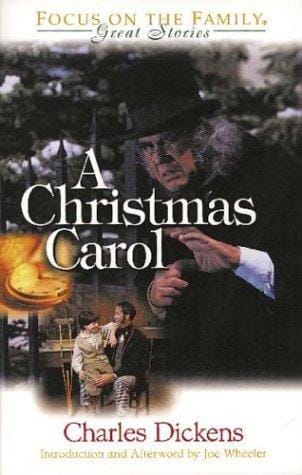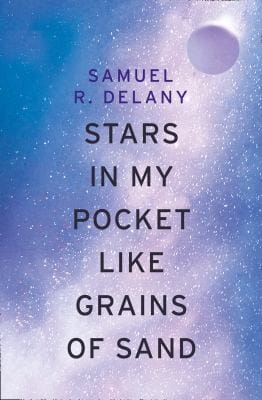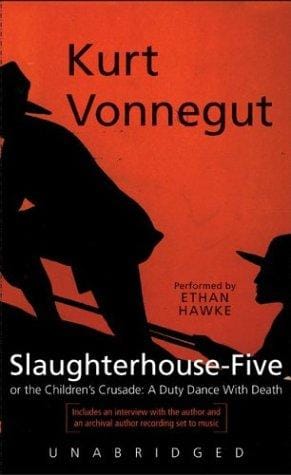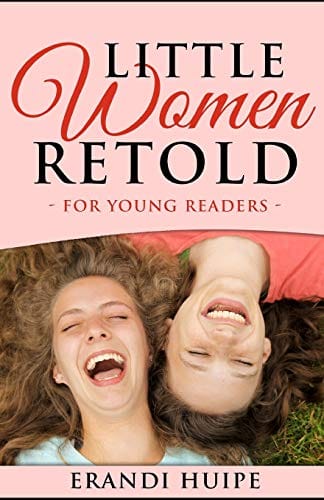A Christmas Carol (Great Stories): Why Dickens’ Holiday Classic Still Shines

Introduction
For nearly two centuries, Charles Dickens’ "A Christmas Carol" has warmed winter nights and stirred the hearts of readers around the world. First published in 1843, this slim novella from the Great Stories collection captures the transformative power of kindness and community during the festive season. Packed with vivid characters, supernatural intrigue, and social commentary, Dickens’ holiday tale continues to top reading lists, inspire adaptations, and underpin countless family traditions. Discover why Ebenezer Scrooge’s icy heart—and its dramatic thaw—remains essential reading every December.
Plot Summary of A Christmas Carol
Ebenezer Scrooge: The Miser Before Midnight
The story opens in fog-shrouded Victorian London on Christmas Eve. Ebenezer Scrooge, a hard-hearted moneylender, snarls at merrymakers, underpays his loyal clerk Bob Cratchit, and dismisses charitable appeals with a frosty "Bah! Humbug!" That night, Scrooge’s long-dead partner Jacob Marley materializes, wrapped in clanking chains forged by a lifetime of greed. Marley warns that Scrooge will meet the same tortured fate unless he changes.
Three more spirits arrive as the bells toll: the Ghost of Christmas Past transports Scrooge to bittersweet scenes of childhood and lost love; the Ghost of Christmas Present unveils bustling streets, festive feasts, and the precarious joy of the Cratchit family, whose frail son Tiny Tim embodies holiday hope; finally, the Ghost of Christmas Yet to Come reveals a lonely grave and a future where Scrooge’s name evokes only fear and mockery. Shaken, Scrooge begs for a second chance, awakening on Christmas morning a new man—generous, joyful, and eager to help those he once ignored.
Key Characters Who Bring the Tale to Life
Beyond Scrooge’s astonishing metamorphosis, "A Christmas Carol" thrives on a vibrant supporting cast. Bob Cratchit exemplifies patience under hardship, proving that poverty cannot dim goodwill. Tiny Tim, with his famous blessing, "God bless us, every one," personifies innocence and serves as Dickens’ moral compass. Jacob Marley and the spectral trio inject gothic excitement while underscoring the story’s urgent ethical message. Even minor figures like Scrooge’s cheerful nephew Fred remind audiences that empathy and laughter cost nothing yet yield immeasurable dividends.
Timeless Themes That Resonate Today
Redemption and Personal Transformation
Dickens’ most enduring lesson is that it is never too late to change course. Scrooge’s overnight redemption illustrates the human capacity for self-reflection and moral rebirth. Modern readers, bombarded by hectic schedules and consumerism, draw inspiration from his decision to prioritize compassion over coin.
Social Justice and Community Care
"A Christmas Carol" doubles as a sharp critique of Victorian inequality. Dickens portrays crowded workhouses, meager coal scuttles, and child labor to indict systems that privilege profit over people. Today’s conversations about living wages, housing insecurity, and charitable giving find striking parallels in the novella, proving that Dickens’ call for social responsibility remains urgent.
Historical Context: Dickens and Victorian England
When Dickens penned his ghost story for Christmas, industrialization had transformed London into a city of glaring contrasts—lavish wealth alongside grinding poverty. Having experienced childhood hardship himself, Dickens used fiction to humanize the struggles of the poor. "A Christmas Carol" was an immediate bestseller, prompting increased donations to charities and influencing 19th-century labor reforms. Its popularity cemented many festive customs—from turkey dinners to heartfelt greetings—helping shape the modern celebration of Christmas.
Why A Christmas Carol Still Matters
Whether read by candlelight or streamed on a smartphone, "A Christmas Carol" endures because it marries a gripping narrative with universal ethics. The novella invites readers to pause amid holiday bustle and ponder how their actions affect neighbors, employees, and strangers. Scrooge’s turnaround reassures us that individual choices—however small—can spark wider ripples of goodwill, creating a more generous society.
The Best Ways to Experience the Story Today
Start with the original text for Dickens’ lyrical prose and sly humor. Audiobook narrations, especially those performed by acclaimed British actors, capture the cadence of Victorian dialogue. Classic film versions from 1951 and 1984 offer black-and-white gravitas and television nostalgia, while contemporary takes like "The Muppet Christmas Carol" and "Spirited" introduce musical flair. Local theaters often stage adaptations that let families share audible gasps when Marley’s ghost rattles his chains live on stage. Whichever medium you choose, pairing the story with a cozy blanket and spiced cider amplifies its Yuletide magic.
Conclusion
"A Christmas Carol" remains a cornerstone of holiday culture because it intertwines haunting entertainment with hope, reminding each generation that charity, empathy, and joy are gifts everyone can afford. As snowflakes swirl outside and the year’s end approaches, Dickens invites us to heed the spirits’ lessons: honor the past, embrace the present, and shape a brighter future. By keeping Christmas in our hearts all year long, we, like Scrooge, may awaken to find the world lighter, kinder, and filled with contagious cheer.



